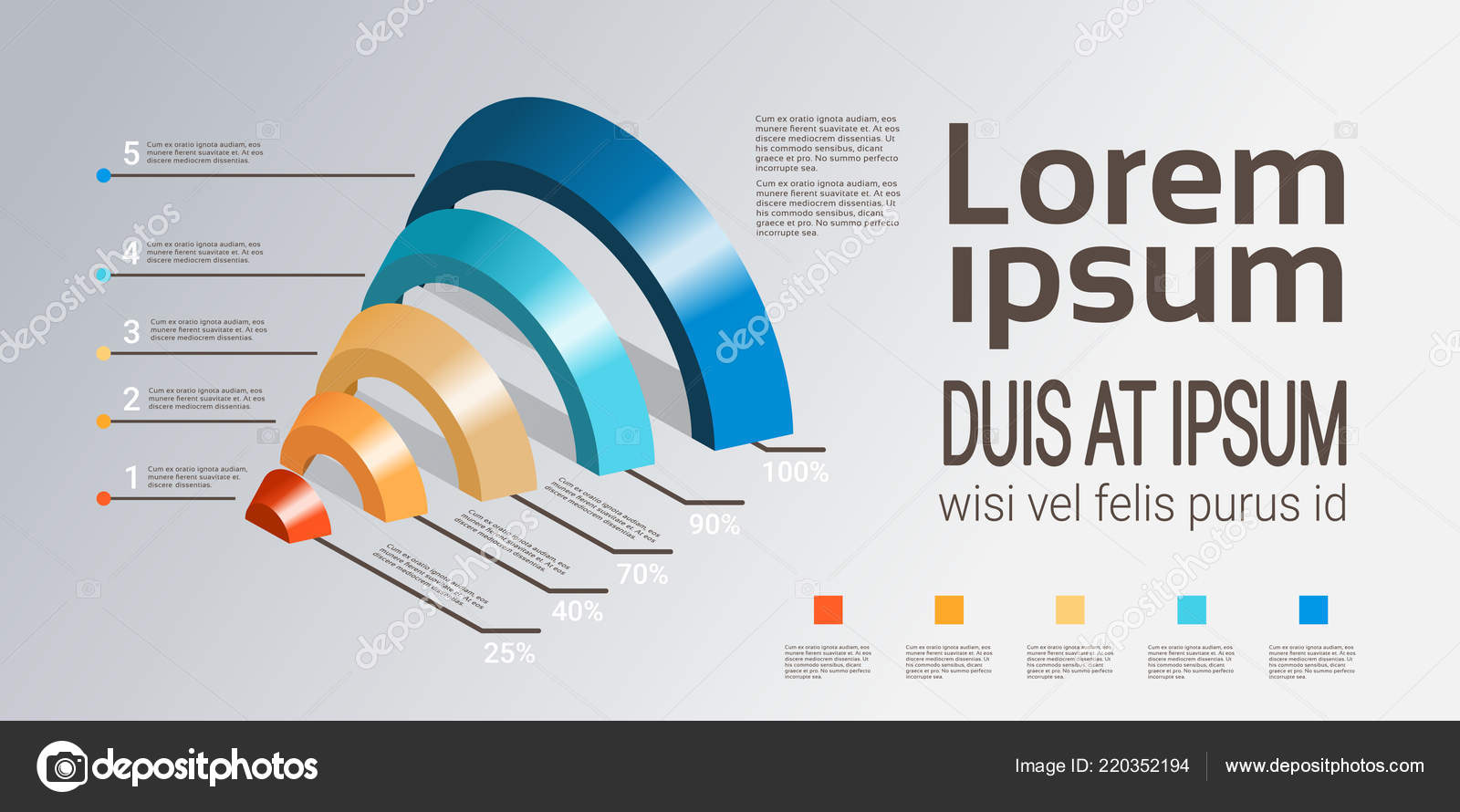Crafting A User-Friendly Web Site: Strategies And Techniques For Website Design Success
Crafting A User-Friendly Web Site: Strategies And Techniques For Website Design Success
Blog Article
Uploaded By-Gutierrez McGarry
Master the art of website design by concentrating on individual experience. Craft instinctive navigating and select mobile optimization to enhance the browsing experience. Make sure simple navigating with clear headings and appealing visuals. Prioritize mobile responsiveness for a consistent individual experience. By including these vital style principles, you can create an user-friendly site that mesmerizes site visitors.
Necessary Design Principles
When creating a website, prioritize individual experience most of all else. Your primary objective must be to develop a smooth and pleasurable experience for your visitors. Beginning by guaranteeing that your internet site is very easy to browse. Use clear headings, organized food selections, and instinctive switches to guide users via your material effortlessly. Remember, simpleness is essential. Stay clear of littering your pages with unneeded components that can bewilder or perplex your target market.
An additional important design principle is to make sure your site is aesthetically attractive. Pick a cohesive color design, premium pictures, and understandable font styles to boost the total appearance of your site. Consistency is vital in establishing a solid brand identification and making your web site more unforgettable to individuals.
In addition, focus on mobile responsiveness. With more individuals surfing the net on their mobile phones and tablets, it's necessary that your web site looks and operates well on all gadgets. Test organic search marketing seo on different screen dimensions to guarantee a smooth experience for all individuals. By concentrating on these essential style concepts, you can produce an easy to use web site that maintains visitors coming back for even more.
User-Focused Navigating
To improve individual engagement and enhance their searching experience, prioritize developing intuitive navigating pathways that lead visitors perfectly via your internet site. Clear and well-organized navigating is vital for aiding users discover the info they require rapidly and efficiently. Begin by keeping your menu structure straightforward and understandable. Usage descriptive labels that plainly indicate what web content can be located under each menu option. Additionally, think about implementing https://caidenpkeys.jaiblogs.com/56872570/discover-the-key-strategies-that-all-small-company-owners-should-be-of-to-enhance-their-on-the-internet-visibility-and-reel-in-a-larger-consumer-base-with-using-local-search-engine-optimization for subcategories to stop congestion the primary navigating bar.
One more essential facet of user-focused navigation is using breadcrumbs. Breadcrumbs are a second navigating aid that reveals customers their current location on the website and permits them to quickly browse back to previous web pages. This function is particularly practical for individuals who enter your site with a deep link or an online search engine result.
In addition, including search capability prominently on your web site can further improve customer navigation. A search bar permits users to quickly discover specific material without needing to click through multiple pages. Make certain that your search bar is easily visible and accessible on every web page of your website for maximum usability. By focusing on user-focused navigation strategies, you can create an extra user-friendly and delightful browsing experience for your visitors.
Mobile Optimization Techniques
Think about maximizing your web site for mobile phones to ensure a seamless individual experience across different display dimensions. Mobile optimization is critical in today's digital landscape where a significant section of net surfing happens on smart devices and tablet computers.
To improve mobile usability, beginning by implementing receptive layout strategies. This method allows your internet site to adjust to various display dimensions, keeping capability and visual appeals.
Concentrate on optimizing packing times for mobile users. Slow-loading sites can prevent site visitors and effect your online search engine positions. Press photos, decrease HTTP demands, and utilize internet browser caching to boost loading rate. In addition, prioritize content power structure for mobile display screens. Make certain that vital details is prominently displayed, and navigation is intuitive, promoting easy accessibility to key sections.
Use touch-friendly components such as larger switches and structured forms to help with interaction on mobile devices. Conduct thorough testing throughout various mobile platforms to identify and correct any usability issues.
Final thought
To conclude, understanding the art of website design is crucial for producing an easy to use internet site. By including essential style principles, user-focused navigation, and mobile optimization strategies, you can guarantee a smooth and enjoyable experience for your visitors.
As an example, a neighborhood pastry shop saw a 30% rise in on-line orders after revamping their internet site to be extra easy to use and mobile-responsive. Remember, a well-designed website can make all the distinction in attracting and keeping consumers.
